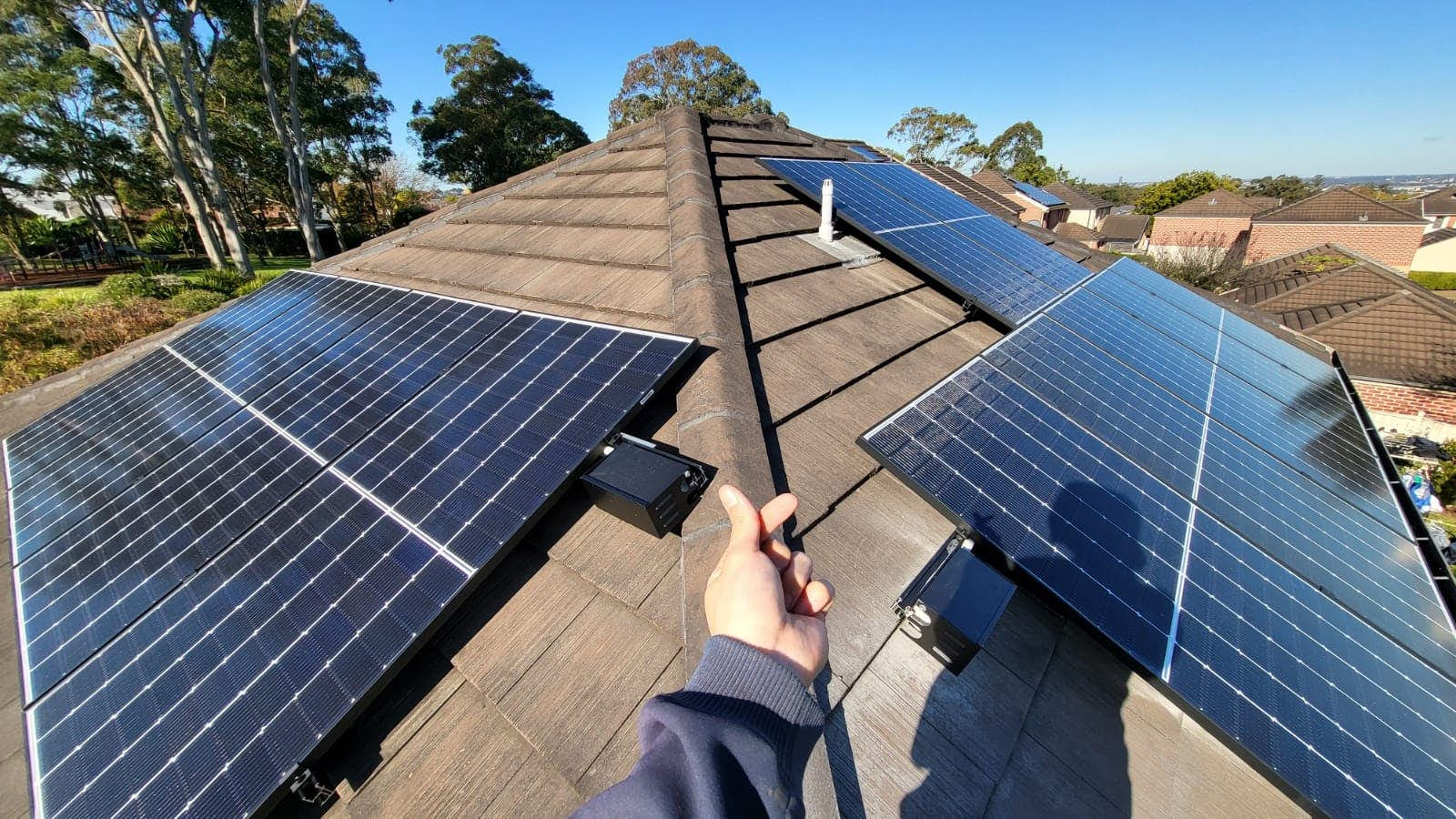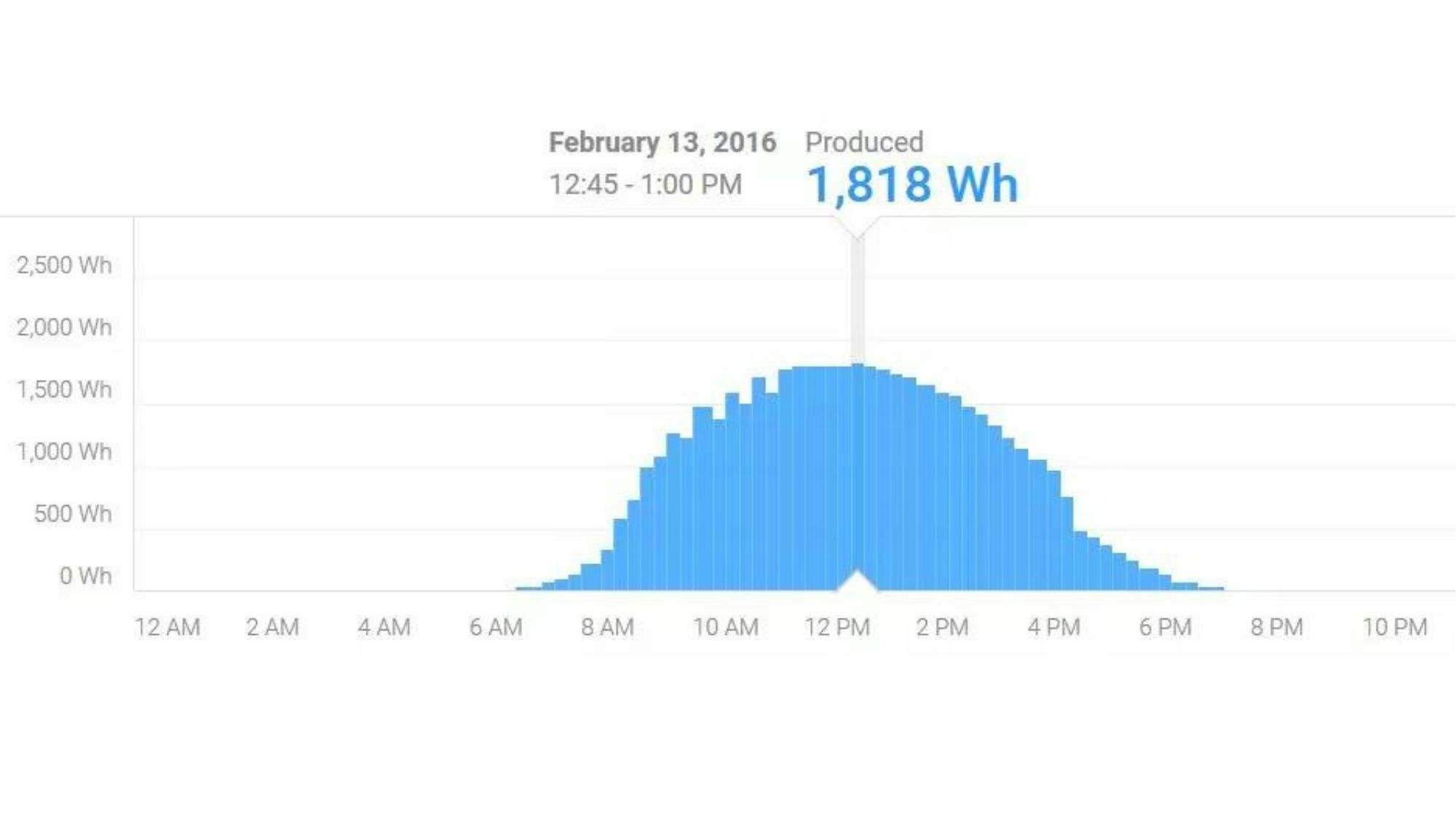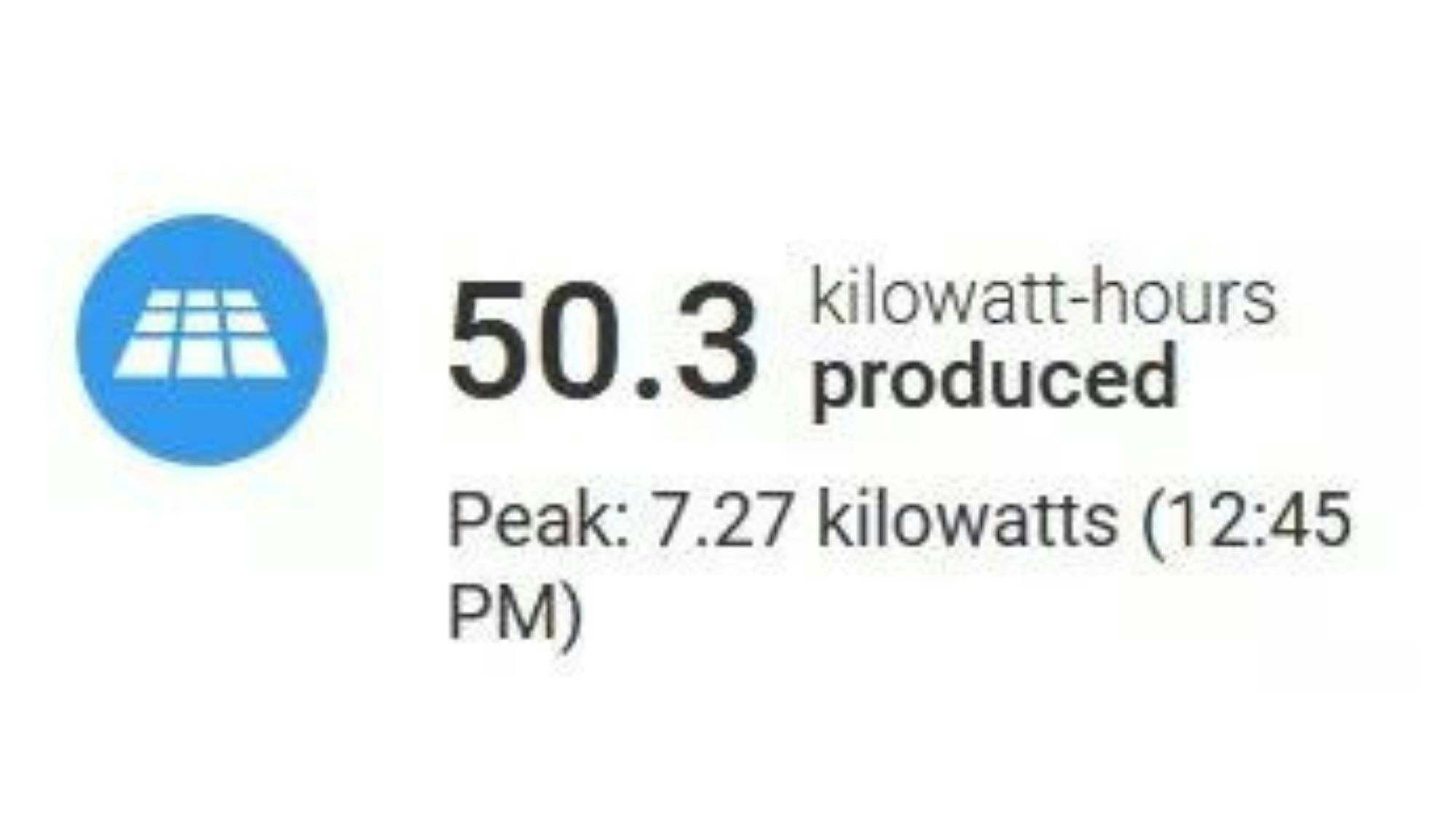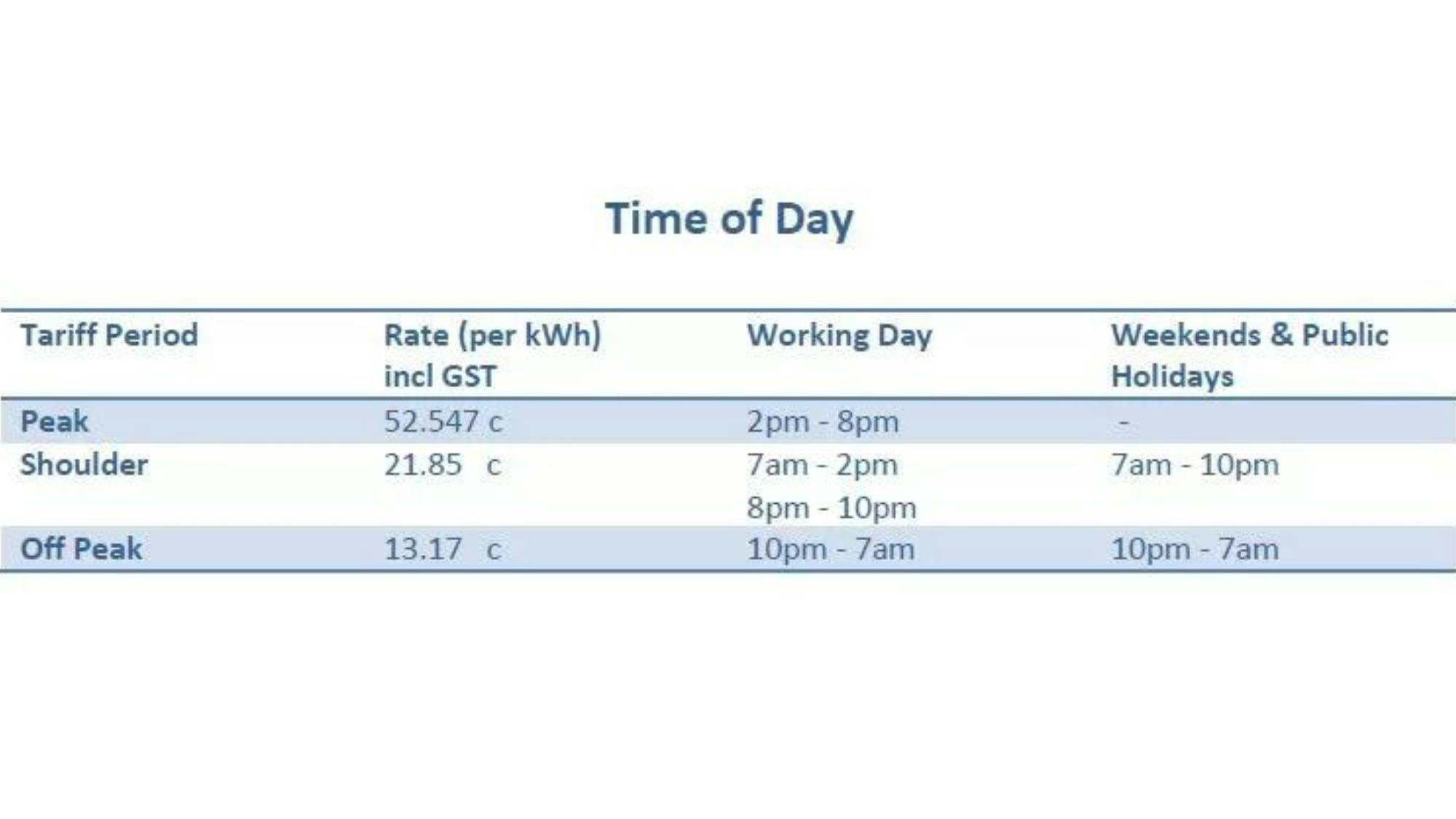Solar
Solar
Battery Storage
Battery Storage
Battery Storage
EV Charger
EV Charger
EV Charger
Heartbeat
Smart Energy Manager
Heartbeat
About Us
About Us
Learn
Featured Articles
Sizing Up A System
Finance & Rebates
Learn
Now servicing New South Wales, Victoria, Queensland and South Australia
Request Pricing
A 10kW Solar system in Sydney is becoming a popular system size for larger households and businesses as solar power prices continue to fall and significant government rebates remain in place.
The price of a good-quality 10kW system with a Sungrow inverter has fallen dramatically in recent years to under $9,000 fully installed.
There are a number of factors that need to be considered when installing a 10kW solar system, and installation costs can vary considerably. A large house, shed or barn roof will have very few if any additional installation costs, whereas some homes will have detailed roofs where panels need to be installed across multiple roof sections. In this case we recommend Enphase Microinverters where each panel operates independently of the others.
As a rough guide, 10kW systems start at under $9,000, (repayments are available using a Low-Interest Green Loan) for a good quality inverter such as the new ADA model from Sungrow, with premium panels such as Trina Vertex Modules and a straightforward installation.
A top-of-the-range system using Enphase Micro Inverter will start at roughly $11,500-$13,000, and maybe a little more depending on the site. We are now selling most of our solar systems using Enphase Micro-Inverters with panel-level output and monitoring. These systems can significantly increase output on shaded roofs but are certainly not limited to unfavourable conditions. Find out more: The Benefits of Enphase Microinverters vs. String Inverters, Even on an Unshaded Roof.
There are also situations where we need to maximise output using a restricted roof area. In this case, we will need to use high-efficiency panels such as the 1KOMMA5 420W all-black panels. This will increase the initial outlay but will maximise returns over the life of the system.
10kW Panel Array: as few as 24 x 425W 1KOMMA5 panels.
Inverter: 10kW with a maximum of 2 strings, SolarEdge, or 1 x Enphase Micro Inverter per panel for maximum performance
Mounting Kit: 1KOMMA5° can design a mounting solution for almost all roof types. The two main exclusions are asbestos and slate roofs.
Estimated output: 14,235 kWh per year, or an average of 39 kWh a day.
Energy Cost Reduction: Multiply expected output by the cost of power per kWh to see how much you could save if you use all of the solar power that is generated. This figure can be up to approximately $4,400 per year and will change depending on the price you pay for electricity. Talk to the 1KOMMA5° Team today for personalised advice and performance guidelines.
With a possible return on investment of between 3 – 5 years, a 10kW solar power solution is now an attractive investment option for your home or business to significantly reduce your power bills and to run your home or business on renewable energy.
According to the Clean Energy Council Guidelines, A 10kW solar system in Sydney will output around 39 kWh a day (averaged out across the year), outputting more on the long summer days, and less in winter. It is important to understand that this 39 kWh of solar power will be produced during daylight hours, and typically as a bell curve as illustrated below. Depending on how much power you use during the day, typically you would want to have a quarterly power bill of over $1000 (at least approx. 40 kWh a day excluding any off-peak hot water) to make good use of a 10kW system.

A solar system will peak when the sun is shining directly onto the panels, so for an array facing north, this will be for approximately 4 hours during the middle of the day. You can see in the graph how shade from clouds immediately results in a drop off of solar power, and that in summer the system will continue operating until 7 pm if you have the panels installed to catch the late afternoon sun.
The most important point to take away from this example is that a 10kW system will almost never reach its peak output. For that to happen, it has to be the right time of the day, the right time of the year, clear skies and not too hot. In this example, the system is installed on a tin roof with a very slight pitch of about 5 degrees. In Sydney, panels that are installed flat will be working at their peak efficiency during summer because the sun is so high in the sky.


We recommend that for larger systems the panel array is split into two strings of panels. The most popular option is to have one string of panels facing north and the other west of north. This helps distribute the output into the afternoon, making it easier to use more of the solar power as it is generated. This is especially important for households with time-of-use billing, when the cost of power during the peak billing period of 2 pm to 8 pm can be up over 50 cents a kWh.

Our solar experts will help you find the right system for your home.

Get all the right information before installing a solar power system for your home.
